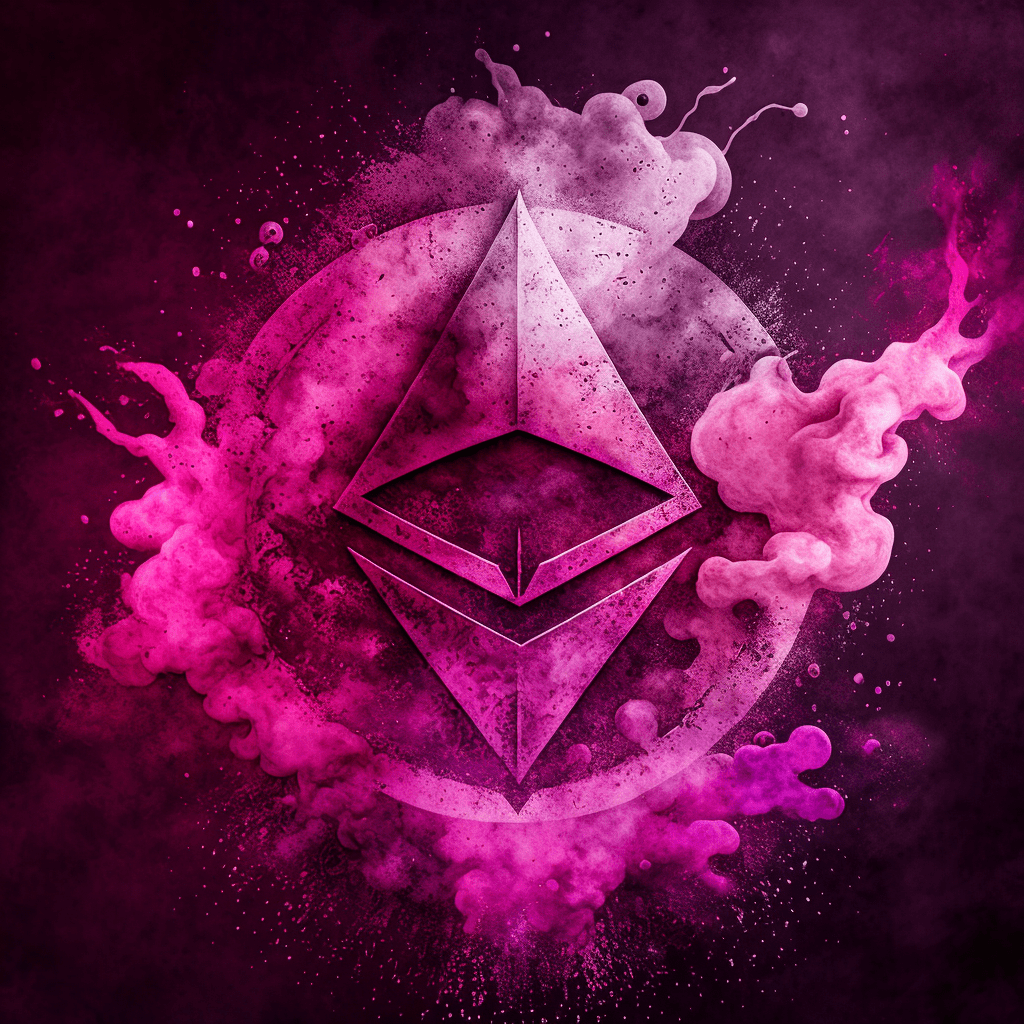Navigating the buzzing world of non-fungible tokens (NFTs) often feels like stepping into a universe of its own, complete with its own language. This newfangled lingo, full of abbreviations, acronyms, and sometimes downright strange phrases, can be baffling for beginners. But fear not. This guide will break down some of the most common terms you’re likely to encounter in the NFT space.

HODL
Let’s kick things off with one of the most commonly used terms in crypto and NFT communities: “Hodl.” No, it’s not a typo, but a term born out of a misspelling in a 2013 Bitcoin forum post. The term, initially a mistake, was quickly adopted by the cryptocurrency community, taking on a life of its own.
Hodl essentially means to hold onto your digital assets and not sell them, even when market fluctuations might tempt you to do so. The underlying sentiment here is that long-term value or gains are likely to be higher than short-term volatility.
Gas Fees
Gas fees are a fundamental part of the Ethereum blockchain, the main platform for minting and trading NFTs. These fees are payments made by users to compensate for the computational energy required to process and validate transactions on the blockchain.
Remember, each action on the blockchain, like minting or transferring NFTs, requires computational work. Gas fees are essentially the price you pay for that work. During periods of high demand, gas fees can skyrocket, making transactions more expensive.
Whale
In the crypto and NFT sphere, a ‘whale’ refers to an individual or entity that holds a significant amount of a particular cryptocurrency or a vast collection of high-value NFTs. Whales have considerable influence over the market due to the size of their holdings.
For example, if a whale decides to sell a large portion of their NFT collection, it could have a noticeable impact on the price and perceived value of those particular NFTs or the wider market.
FUD
FUD stands for Fear, Uncertainty, and Doubt. It’s a strategy often employed in the world of investments and markets, crypto and NFTs included. When people spread FUD, they disseminate information (true or false) intended to scare investors, shake their confidence, and ultimately influence market behavior.
Minting

Minting refers to the process of creating a new NFT on the blockchain. When an NFT is minted, all its associated information, like its metadata and ownership details, is embedded into a token on the blockchain. Once minted, an NFT can be bought, sold, or traded on various platforms. Minting is typically associated with gas fees on the Ethereum blockchain.
Wallet
In the NFT world, a wallet is a digital application where you can store, receive, and send your NFTs and cryptocurrencies. It’s not a physical wallet, but rather a secure digital interface. Wallets are integral to interacting with NFTs and can be accessed using a private key – a secure digital code known only to the owner.
Smart Contract
A smart contract is a self-executing contract with the agreement between buyer and seller directly written into lines of code. The code and the agreements contained therein exist across a distributed, decentralized blockchain network. Smart contracts control the minting, buying, and selling of NFTs, ensuring everything is done according to predefined rules and conditions.
Decentralized and Centralized Platforms
Decentralization is a foundational concept in blockchain technology and, by extension, NFTs. A decentralized platform operates on various computers (nodes) across a network, each of which holds an entire copy of the blockchain. This structure contrasts with centralized platforms controlled by a single entity, such as a company or government.
In the context of NFTs, decentralized platforms like OpenSea, Rarible, or Decentraland allow creators and collectors to interact directly without the need for a middleman. In contrast, a centralized platform such as NBA Top Shot operates under the control of a single organization.
ERC-721 and ERC-1155
The ERC-721 and ERC-1155 are popular token standards on the Ethereum blockchain used for creating NFTs.
ERC-721 is the standard that first allowed for the creation of unique tokens on Ethereum, with each token having a distinct value and information set. This standard paved the way for NFTs as we know them today.
The ERC-1155 standard, often referred to as the multi-token standard, allows for the minting of both fungible (identical) and non-fungible (unique) tokens within the same contract. It’s a more complex but versatile token standard.
Royalties
In the NFT world, royalties refer to a feature where creators receive a percentage of sales every time their NFT is resold in the secondary market. It’s a significant advantage of NFTs for artists, as they can continue to profit from their work even after the initial sale.
Wallet Address
In the context of NFTs, your wallet address is a unique identifier that allows you to receive NFTs and cryptocurrencies. Think of it like your email address for digital assets. This alphanumeric string is public and can be shared with others.
Gasless Minting
Gasless minting is a process that allows creators to mint NFTs without upfront gas fees, which can often be prohibitively expensive. Platforms offering gasless minting typically absorb the gas fees themselves and recover the costs later when the NFT is sold.
Conclusion: Embracing the Lexicon

As the NFT space continues to evolve, it’s inevitable that new terms and concepts will keep sprouting up. It’s crucial to keep learning and stay updated with the nft terminology to navigate this exciting domain effectively. The language of NFTs, as quirky and intricate as it may be, serves as a bridge into this new frontier of digital ownership and creativity.
